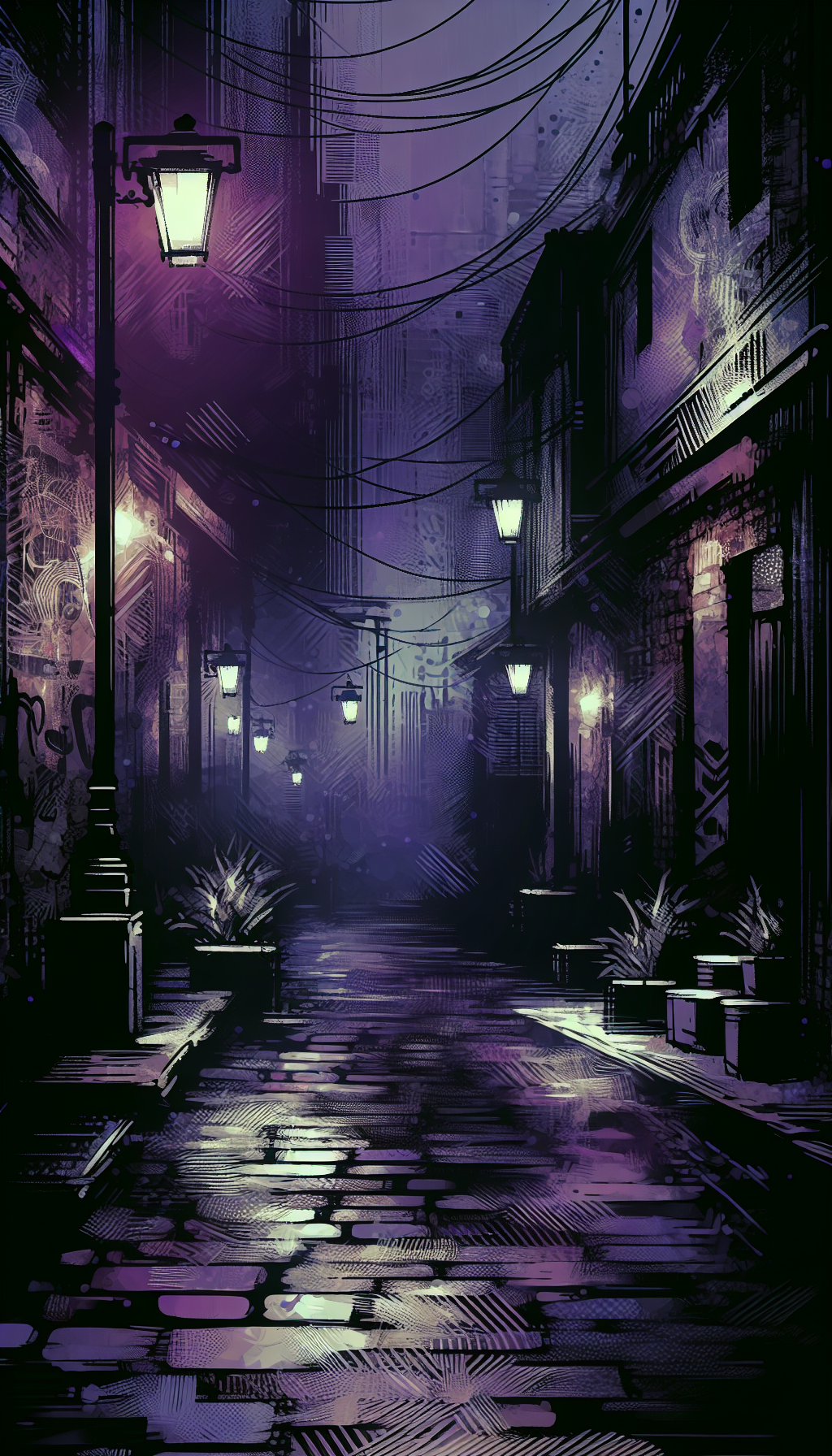Vincent Van Gogh Boats Of Saintes Maries Signed In Plate Print
Antiques and art print collectors often encounter plate-signed reproductions of Vincent van Gogh’s beloved Arles-period subjects. One of the most frequently reproduced is the 1888 beach scene commonly titled Fishing Boats on the Beach at Les Saintes-Maries-de-la-Mer (often shortened in the trade to “Boats of Saintes-Maries”). If you have a Vincent Van Gogh Boats Of Saintes Maries Signed In Plate Print—or you’re considering buying one—this guide will help you identify what you have, understand how it was made, and estimate a fair market value.
The artwork and why reproductions abound
In June 1888, during his prolific Arles period, Van Gogh painted the brightly colored fishing boats pulled up onto the sand at Les Saintes-Maries-de-la-Mer on France’s Mediterranean coast. The original oil painting resides in the Van Gogh Museum, Amsterdam. Its high-key palette—turquoise sea, cobalt sky, yellow-beige sand, and vividly painted hulls—made it an ideal candidate for 20th-century color reproduction. Publishers, museums, and printers have issued countless prints of this image for books, portfolios, and wall décor.
Important context for appraisers:
- Van Gogh produced very few original prints in his lifetime, and none of this subject. Nearly all “Boats of Saintes-Maries” prints are reproductions after the painting.
- “Signed in plate” means the signature is part of the printed image or a printed facsimile, not a hand-signature by Van Gogh (he died in 1890). This distinction is central to valuation.
What “signed in plate” really means
“Plate-signed” is a trade term indicating the signature was photographed, transferred, or otherwise integrated into the printing matrix—lithographic stone, zinc/aluminum plate, offset plate, collotype screen, or gravure plate. It’s not a hand-applied pencil or ink signature.
Common plate-signature scenarios:
- The painted “Vincent” from the original canvas is visible in the lower margin of the image. You’re seeing a photographically reproduced paint signature.
- A publisher added a printed “Vincent” or “Van Gogh” facsimile in the lower margin, sometimes accompanied by a printed copyright or printer’s line.
- Rarely, a typographic signature appears beneath the image as part of a caption (typical in art books and portfolios).
Red flags:
- A “pencil signature” that looks printed (uniform density, no graphite sheen under raking light) is a facsimile, not a real signature.
- Any claim of a hand-signed Van Gogh on this subject is incorrect. Do not rely on a generic certificate of authenticity for authorship.
How to identify the printing process and edition
Correctly identifying the printing method and publisher is the most reliable path to dating and valuation. Use a 10x loupe and inspect edges, surface, and margins.
- Offset lithograph (most common, mid-20th century onward)
- Halftone rosette: Regular dot pattern, often at 45 degrees. Dots resolve into solid color at normal viewing distance.
- Paper: Smooth, sometimes coated; modern machine-made.
- Margins: Often generous; may include printed title, museum credit, and “Printed in …” line.
- Value: Typically modest unless from a noted mid-century publisher with desirable format or scarcity.
- Collotype (earlier high-quality photo-mechanical)
- Image: Continuous tone without distinct halftone dots; under magnification, you’ll see a fine reticulated micro-crackle rather than discrete rosettes.
- Paper: Often matte, art-quality; late 19th to mid-20th century.
- Publishers: Braun & Cie, Hanfstaengl, and other museum reproduction houses issued many collotypes after master paintings.
- Value: Usually higher than offset for the same subject due to print quality and age.
- Heliogravure/photogravure (intaglio)
- Texture: Rich blacks and an aquatint-like grain; sometimes a subtle plate impression at the margin if not trimmed.
- Paper: Thick, often with deckle edges on better editions; may show a blind stamp.
- Value: Can exceed collotype when well-printed and well-preserved.
- Color lithograph from a fine art printer (after Van Gogh)
- Surface: May show slight ink layering; no halftone dots. Colors can be more nuanced, using multiple stones/plates.
- Imprint: Sometimes notes the printer (e.g., Mourlot) and a publisher, with or without numbered limitation.
- Value: Higher tier among reproductions, especially if issued in a limited portfolio with publisher blind stamp.
Evidence to capture:
- Blind stamps: Look for impressed seals from printers or publishers (e.g., Hanfstaengl, Braun & Cie, Draeger Frères). These help date and legitimize the edition.
- Printer/publisher line: Usually at lower margin or verso—can include city, process, and date.
- Editioning: Many reproductions are unnumbered. Numbered editions (e.g., 1/500) can command more, but numbering alone does not make it “original.”
- Verso text: Book plates may have text on the reverse or a gutter edge indicating removal from a bound volume.
Approximate date ranges and telltales:
- 1900–1930: Collotypes and early gravures; smaller formats; tasteful blind stamps; subdued color fidelity compared to today.
- 1930–1960: Quality heliogravures and collotypes for museum publications; Draeger Frères and similar firms; improved color.
- 1960–1990: Offset lithographs dominate; Shorewood, New York Graphic Society, and various museum editions; larger poster formats common.
- 1990–present: High-resolution offset and giclée; acid-free papers more common; crisp halftone or inkjet patterns under magnification.
Dating, dimensions, and titles: what to write down
“Boats of Saintes-Maries” appears under several closely related titles. On your worksheet, record:
- Exact printed title as given (e.g., Fishing Boats on the Beach at Les Saintes-Maries-de-la-Mer; Boats at Saintes-Maries).
- Publisher/printer name and city, if present.
- Printing process (offset, collotype, heliogravure, color lithograph, giclée).
- Sheet size and image size in centimeters and inches.
- Paper type (coated, wove, laid, deckle edges).
- Any blind stamps, embossed seals, or watermarks.
- Edition marks (numbering, if any).
- Condition notes (toning, foxing, mat burn, creases, tears, stain, fading).
- Framing details (mat/window size, glazing type, backing boards).
- Provenance (receipt, gallery label, inscriptions).
Reliable comparisons are best made with sold examples that match process, publisher, and format. Titles alone are not enough.
Value ranges and market expectations
Values vary by process, publisher, scale, and condition. The ranges below are typical for well-identified reproductions of this image; regional markets differ.
Offset lithograph (unframed, good condition): $50–$200 Factors that push value up: reputable mid-century publisher, larger sheet, strong color, clean margins, desirable design era. Framed examples can sell for $100–$350 but framing cost often exceeds resale premium.
Collotype (early/mid-20th century, good condition): $150–$400 Scarcer publishers and excellent impressions can exceed this, especially with blind stamps and clean, original margins.
Heliogravure/photogravure (portfolio grade): $200–$600 Intaglio gravures with plate mark and publisher stamp can draw stronger collector interest.
Limited color lithograph after Van Gogh (20th century, not lifetime): $300–$1,200 When executed by a respected fine art printer in a documented edition, these command the top tier among reproductions—still “after” the painting, not original Van Gogh prints.
Modern giclée/open edition décor prints: $30–$150 Excellent for display; negligible collectible value.
Caution on outsized claims:
- A plate-signed print is not an “original Van Gogh lithograph.” Be wary of dealer language that conflates reproduction processes with original printmaking.
- Pencil numbering (e.g., 123/500) on an offset poster does not elevate it to original print status, though it may improve saleability.
Condition’s impact:
- Toning, mat burn, foxing, and trimming of margins can reduce value by 20–60%.
- Fading (especially cyan) in sun-exposed pieces is common; color-shifted prints can sell at a steep discount or be unsaleable to serious collectors.
Authentication pitfalls and how to avoid them
- COAs: Generic certificates are not determinative. Trust process and publisher evidence observed on the object.
- “Hand-signed by Van Gogh”: Not possible for this subject. Reject outright.
- Misused terms: Dealers often label any color reproduction a “lithograph.” Confirm by magnification whether it is true lithography (no rosette dots) or offset.
- Re-margined or re-mounted plates: Book plates trimmed from volumes may be remounted; trimming that removes imprints lowers value and complicates identification.
Care, conservation, and presentation
- Matting: Use 100% cotton rag or alpha-cellulose, buffered where appropriate. Keep the image off the mat window to avoid abrasion.
- Glazing: UV-filtering acrylic or glass to slow fading.
- Backing: Acid-free backing; avoid cardboard. Seal frame to reduce pollution ingress.
- Environment: Stable humidity (40–55%) and temperature; avoid direct sunlight and heat sources.
- Cleaning: Surface dust only. Do not attempt stain removal without a paper conservator’s advice. Aqueous treatments can disturb certain inks and coatings.
A practical checklist for appraisal or sale
- Identify the process: Offset dots, collotype reticulation, or gravure grain?
- Note the publisher/printer: Record blind stamps, watermarks, imprints.
- Measure: Image and sheet sizes; note if margins are trimmed.
- Title and credit: Transcribe exactly as printed.
- Edition info: Numbering, if present; portfolio or book source.
- Condition: Toning, foxing, mat burn, stains, tears, creases, fading.
- Framing: Type of mat, glazing, backing; original label on verso?
- Provenance: Receipts, gallery labels, prior auction tags.
- Comps: Find sold examples matching process and publisher.
- Set expectations: Plate-signed equals reproduction; price accordingly.
Frequently asked questions
Q: Is a “signed in plate” Van Gogh print rare or original? A: It’s a reproduction. The “signature” is part of the printed image, not hand-applied. Rarity depends on the specific publisher and edition size, but most are common and valued modestly.
Q: How can I tell if mine is offset or a true lithograph? A: Use a 10x loupe. Offset shows a regular halftone dot rosette; true lithography does not. Collotypes show continuous tone with a fine reticulated pattern. Gravures show a textured, ink-rich grain and sometimes a plate impression.
Q: Does an embossed seal or blind stamp increase value? A: Yes, when it identifies a respected printer or publisher (e.g., a museum or notable reproduction house). It improves attribution, dating, and buyer confidence.
Q: My print is numbered (e.g., 75/300). Is it valuable? A: Numbering helps, but value still hinges on process quality and publisher. A numbered offset poster is worth less than a well-printed collotype or gravure, numbered or not.
Q: Will reframing increase the resale price? A: Good conservation framing protects the print and aids presentation, but it rarely returns its full cost in resale. Focus on process identification and condition to maximize value.
By documenting process, publisher, and condition—and by treating “plate-signed” as a reproduction descriptor rather than an authorship claim—you’ll appraise and market a Vincent Van Gogh Boats Of Saintes Maries Signed In Plate Print with confidence and accuracy.



